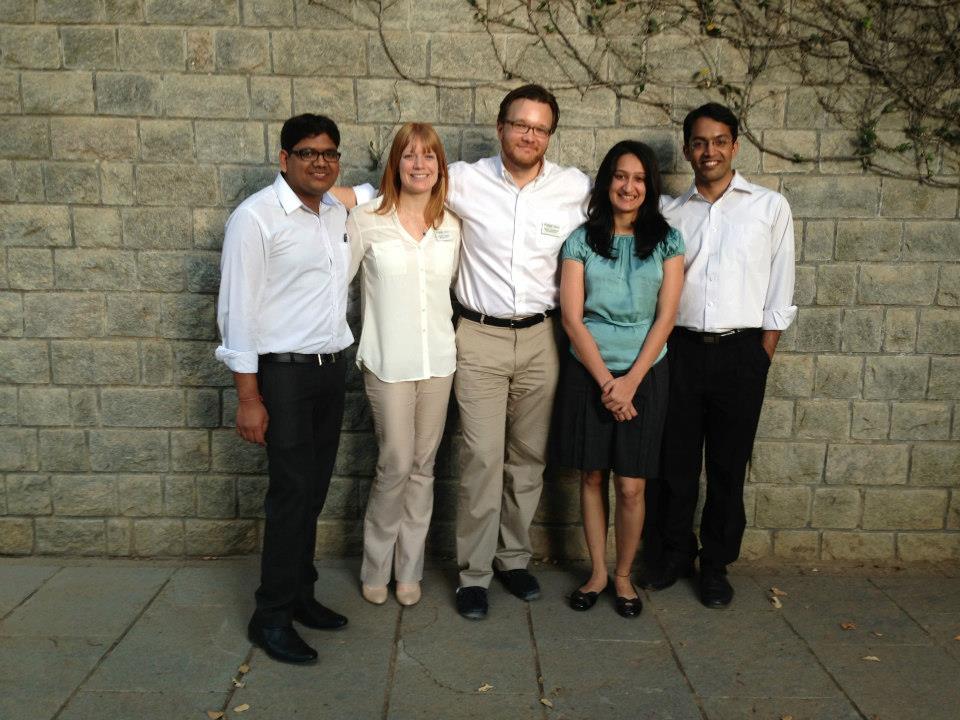The following is an image taken from the street artist Banksy.
Banksy is commenting on the ubiquitousness of closed circuit televesion and the spectre of living under a constant view of Big Brother. The irony is that Banksy painted this mural right next to CCTV cameras!
But this post isn’t about Banksy. It’s about privacy, or rather the lack thereof.
I recently attended a local technology meetup and met an individual from a company whose business model is based around collecting peoples’ information from social networks and providing them to credit bureaus. The rationale, is that businesses will pay money to verify an online customer/community member from said credit bureau. This is done to verify that a person is not a “bot” or a complete fake.
My conversation with this individual went as so:
Me: “So, you collect information on users from a variety of social networks and sell it to credit agencies?”
Person X: “Yup. And when businesses want to verify identities we put them in touch with the credit agencies (for a fee).”
“And how do you mitigate any privacy concerns?”
“Huh? What do you mean?”
“Well, do people know you’re collecting this information? And if you’re storing stuff on a server in the USA, can’t the NSA examine this data?”
“Well all this information is public. So people must not care. Regarding the NSA…sure I guess. But I don’t think most people would care about this.”
I don’t know. I sure would care. But then again, if something is placed in the public domain doesn’t it become available for anyone to view? What’s wrong with making money off collecting public information?
Maybe nothing. After all this isn’t illegal. But just because something isn’t illegal doesn’t make it moral. The onus for people is to educate themselves and understand that privacy isn’t a privilege, it’s a right. Nobody has to know anything you don’t want them to know, and you should be aware that what you put online is never gone and is never truly hidden. As our lives shift more and more online, this online permanency becomes more and more important. Have videos of a drunken frat party on YouTube? Get ’em off before you graduate and apply for a job. Put your phone number in your Google+ account? Be prepared to get SMS ads sent to you. Share information publicly on social networks? Get ready for credit agencies to know every bit of detail about you.
So think about what you put online and treasure your privacy. Because like all rare commodities, one day we will run out. As much as I like Banksy, I’d like it a lot more if we never had to see another mural like this one again.




